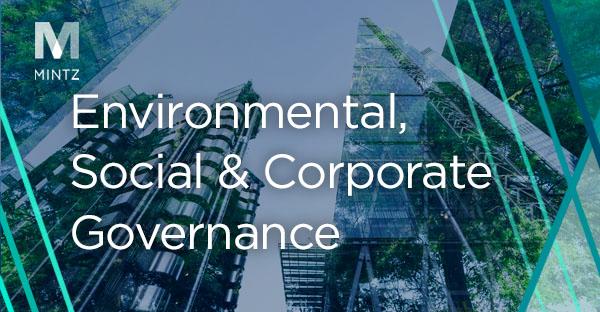California Identifies 4,100+ Companies Subject to Mandatory Climate Disclosures
On September 24, 2025, the California Air Resources Board (CARB) — the state regulator responsible for implementing California’s new mandatory climate disclosure regulations — released a preliminary list of about 4,100 companies that CARB identified as covered by the climate disclosure regulations. These companies, as well as others that are yet to be identified, will have to comply with California’s climate disclosure regulations or suffer significant penalties.
Specifically, S.B. 219 (2024) — which replaced the earlier climate-related disclosure laws that California had enacted the prior year, S.B. 253 and S.B. 261 — establishes two separate mandatory climate disclosure regulations. These laws apply to all companies (whether partnerships, corporations, limited liability companies, or other business entities) that do business in California and that satisfy certain revenue thresholds. (CARB has indicated that it will adopt a broad definition of “doing business in California,” based upon the relevant provisions of the California tax code.)
First, for entities with over $1 billion in annual revenue, the following information must be disclosed annually: “the reporting entity’s scope 1 emissions, scope 2 emissions, and scope 3 emissions,” as defined by the “Greenhouse Gas Protocol standards.” Additionally, the entity must “obtain an assurance engagement by an independent third-party assurance provider.” While scope 1 emissions and scope 2 emissions must be disclosed in 2026, and limited assurances for those disclosures must also be provided in 2026, scope 3 emissions do not need to be disclosed until the following year (2027) and limited assurance will not necessarily be required for scope 3 emissions until 2030 (although such assurance may be required as early as 2027). A failure to comply can result in a fine of up to $500,000. Although the deadline for compliance has not yet been officially set, CARB has indicated that this disclosure will likely be required as of June 30, 2026.
Second, for companies with over $500 million in annual revenue, the following information must be disclosed: “climate-related financial risk” and “measures adopted to reduce and adapt to climate-related financial risk,” according to “the recommended framework and disclosures contained in the Final Report of Recommendation of the Task Force on Climate-Related Financial Disclosures (June 2017).” This information must be reported “[o]n or before January 1, 2026 and biennially thereafter” and be “ma[d]e available to the public, on [the company’s] own internet website.” A failure to comply can result in a fine of up to $50,000.
California’s mandatory climate disclosure regulations are being challenged in the courts. However, the principal challenge to these laws — a lawsuit brought by the Chamber of Commerce — has, to date, been unsuccessful. The federal district court in California (C.D. Cal.) has dismissed outright many of the legal arguments advanced by the Chamber of Commerce, and, on August 13, 2025, the district court denied the motion for a preliminary injunction. Although that denial is currently being appealed to the Ninth Circuit, it does not appear likely that there will be a ruling by the appellate court that would stay enforcement of California’s mandatory climate disclosure regulations before these enter into effect.
Thus, any company doing business in California, and earning revenue in excess of the relevant thresholds — either $500 million or $1 billion per year, depending upon the type of disclosure — must be prepared to comply with these mandatory climate disclosure regulations, and to do so within a matter of months.


